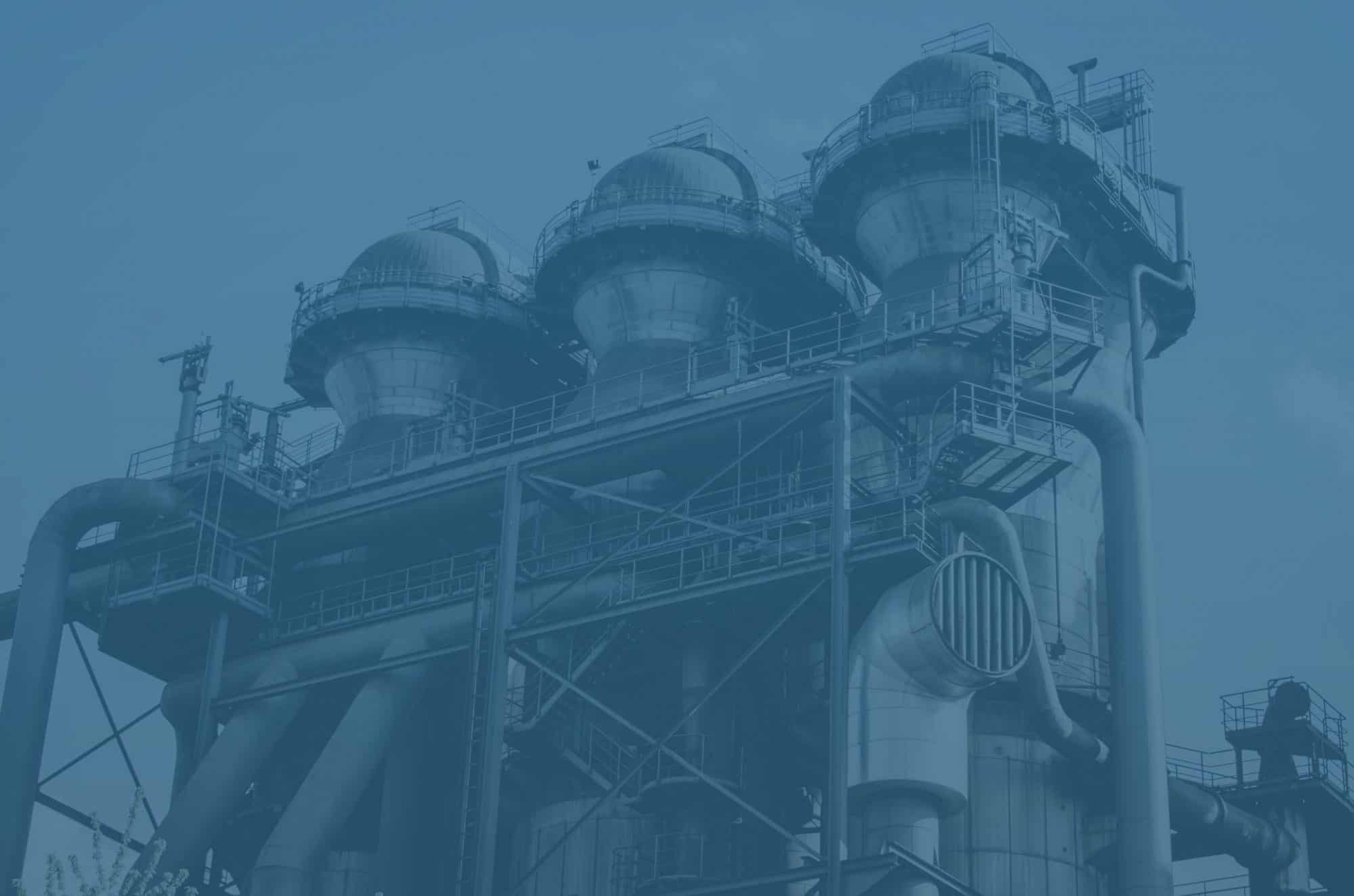Industrial noise pollution has been a problem for many workplaces and locations for a long time. It leads to several health issues, some of which are permanent. Therefore, to avoid these complications, you need the right solutions. Our silencers can be an excellent choice. They work to lower the noise from your operations. We create discharge silencer designs and others so we can cater for varying situations.
Noise-induced effects have major concerns for people in the industrial sector. Countless manufacturing facilities opt to utilise silencers so they can mitigate danger via acoustic attenuation. The end goal is to protect people and the environment from the harm because of loud machines and noisy manufacturing areas.
Industrial silencers are great for managing noise levels from numerous separate processes. Although, the selection of a silencer that works isn’t a simple task. There are a few areas you need to look at. We are going to focus on the design features silencers need to follow. You need to get the details right so you can make sure the equipment aligns with your plant’s specifications.
Acoustic features
The silencer needs to consistently provide the necessary level of sound reduction. It must do this across separate frequency ranges. Such a quality is measured by Dynamic Insertion Loss (DIL). However, the silencer’s acoustical performance could be influenced by factors like system configuration. Others would be gas, temperature, and the operating environment’s physical layout. So, consider these and the acoustic features you need.
Geometric features
Your silencer also needs to be the right shape and size. It needs to fit in the space. One of the biggest mistakes people make is designing silencers that are too small or too large; it can actually make the noise problem worse.
Mechanical features
The silencer needs high efficiency and minimal maintenance. Silencers need them over prolonged periods. What’s more, its design should make use of durable materials. These are ones that can withstand higher temperatures and corrosive gases.
Aerodynamic features
Airflow that passes through the silencer will result in a pressure loss. This can impact acoustic performance. Therefore, the design must consider the dynamics of airflow.
Economic features
Finally, consider the silencer’s overall cost efficiency. Take into account initial investment, maintenance needs, and operational efficiency.
Talk to us and design a bespoke discharge silencer
At Ventx, we work hard to provide every client with the right silencers. The team uses acoustic modelling software to achieve this. With it, we can ensure that every installation comes with the right features. We then utilise our extensive engineering expertise to produce the equipment.
So, if you need discharge silencer solutions or other styles, give us a call. We can supply quality ones to reduce industrial noise pollution.









